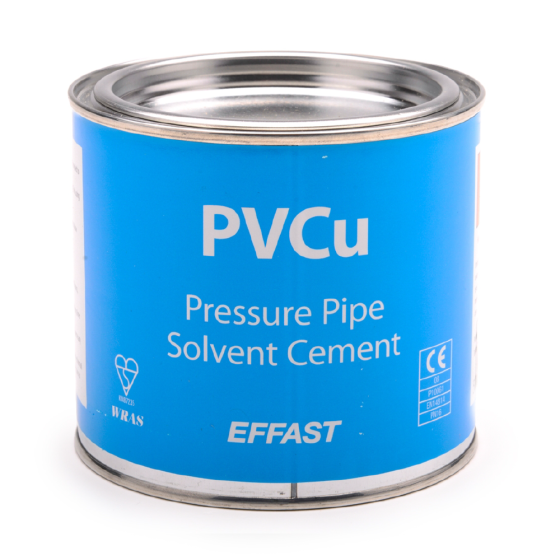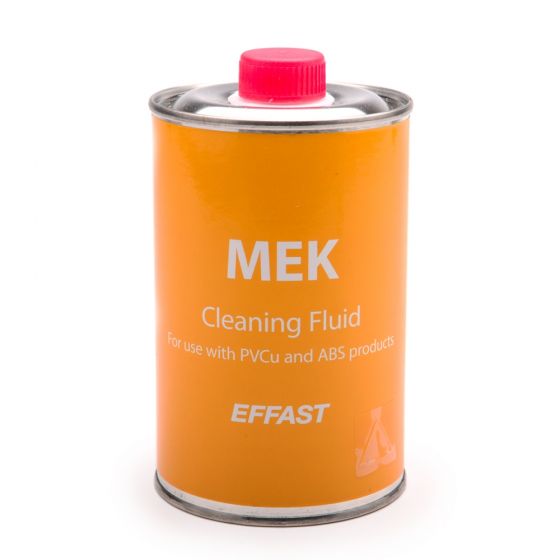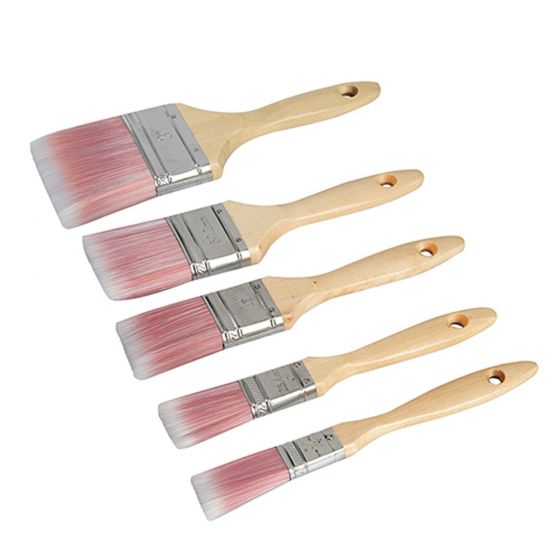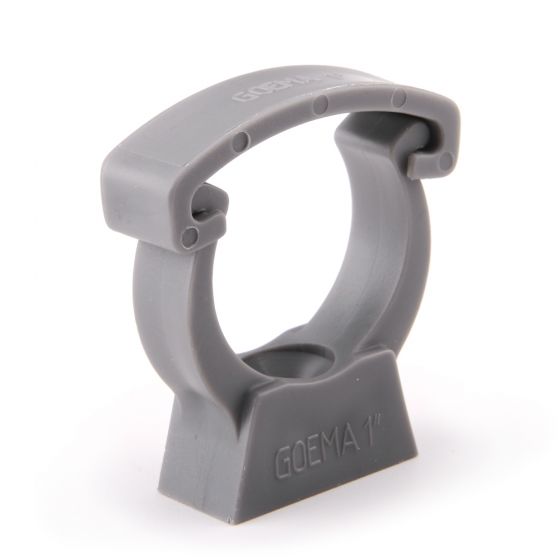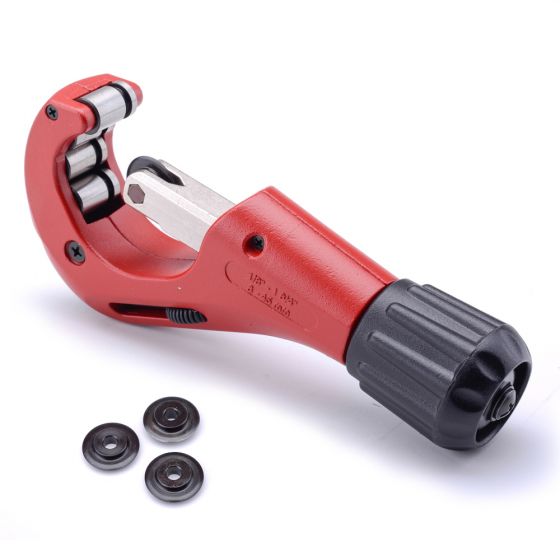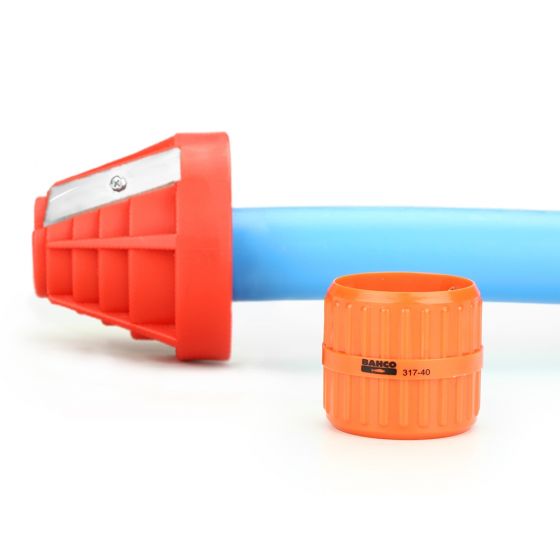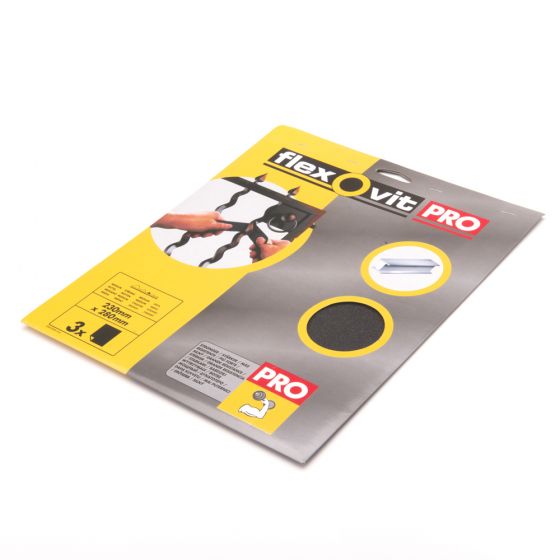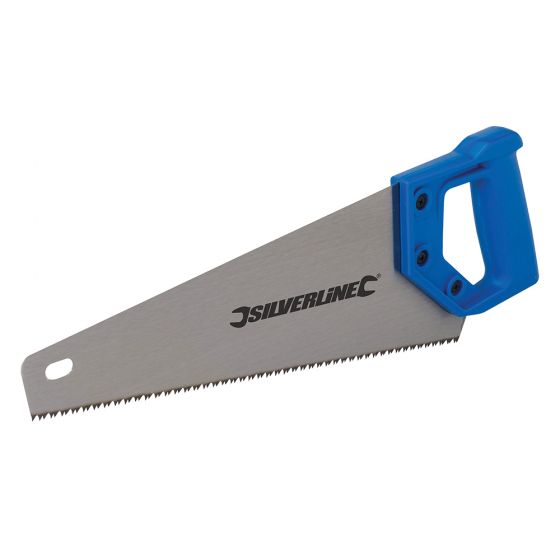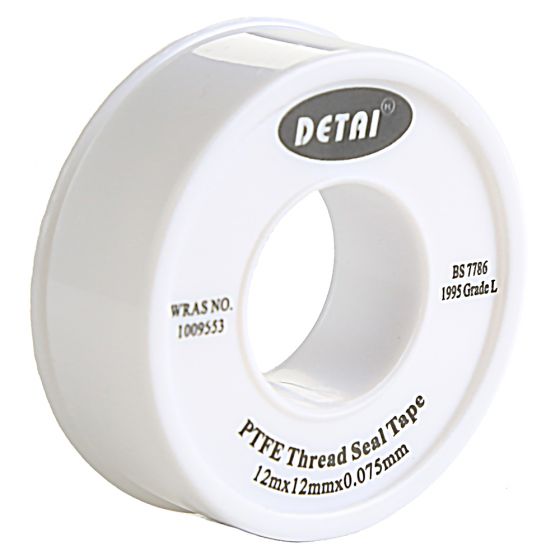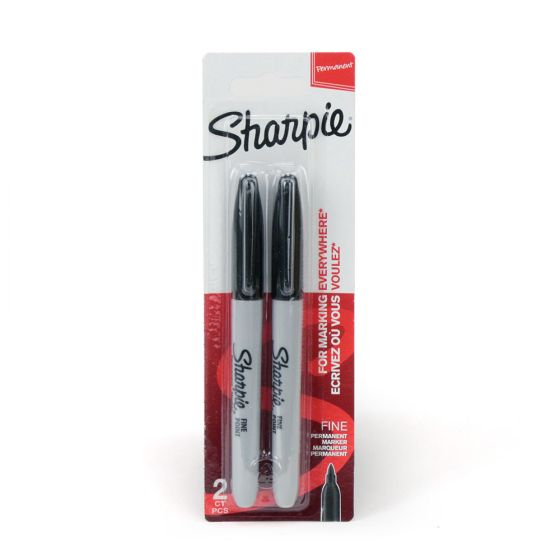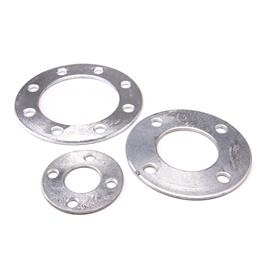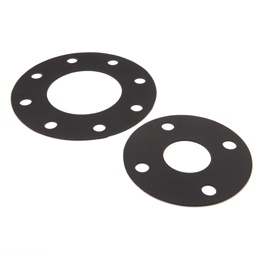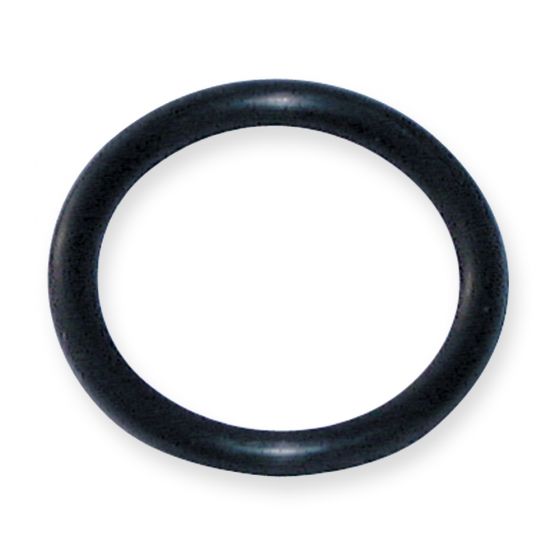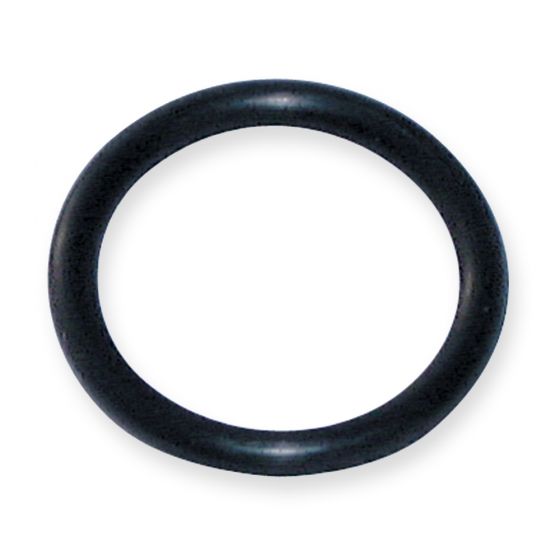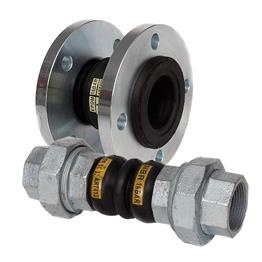Login / Register
PVC Accessories Metric
We have a range of pipe accessories to help with the installation and maintenance of our fully matched PVC pipe systems. Our accessories and tools are manufactured from the highest quality materials and are available at discounted prices.
This range includes tools for cutting and preparation of pipe such as pipe cutters, saws, chamfers and emery cloth, as well as tools for jointing pipe to fittings such as solvent cement for plain fittings, PTFE tape for threaded fittings and seals for unions.
Basic Fitting Guidelines:
PVC pressure pipes and fittings are designed for an interference fit. Although PVC solvent cement has good gap filling properties, no attempt should be made to increase the clearance between pipes and fittings by excessive abrading. PVC solvent cement welding offers a simple and quick means of constructing high integrity leak free joints. Correctly made joints are stronger than either pipe or fitting. The solvent cement operates by chemically softening the outside of the pipe and the inside of the fitting. Joint integrity is greatly reduced if these surfaces are not absolutely clean and properly prepared. The procedure detailed below must be followed.
Please note, under no circumstances should sealing paste be as this can be harmful to PVC products.
- The pipe must be cut clean and square. A plastic pipe saw or suitable wheel cutter should be used.
- File a chamfer, approximately 3mm x 45°. This prevents the solvent cement layer being scraped from the surface of the fitting when the joint is assembled.
- Mark the pipe a known distance from the end and clear of the area to be abraded. This should be used to check that the pipe is all the way into the socket after assembly.
- Thoroughly abrade the end of the pipe over a length equal to the depth of the fitting socket, using clean, coarse emery cloth.
- Thoroughly abrade the socket of the fitting.
- Thoroughly clean the abraded surfaces of pipe and fittings. Use a clean, lint free cloth or paper towel, moistened with MEK cleaner.
- Remove the lid from the PVC solvent cement, but do not stir it.
- Using a clean brush, approximately half as wide as the pipe to be jointed, apply cement to the pipe and fitting using longitudinal strokes. The abraded areas should be completely covered with cement. The amount required will vary with depending on the pipe diameter and the fit between pipe and fitting, but in all cases should be such that the cement is still liquid to allow surfaces to slide when the pipes and fittings are assembled. It is important to apply cement quickly, to enable assembly without excessive force being required.
- Immediately after application of cement, push the pipe fully into the fitting. Do not twist. Hold the pipe and the fitting for times varying from a few seconds on sizes ⅜" or 16mm to 1 minute on sizes 8" or 225mm and above. Application of the correct amount of cement will result in a neat bead of cement at the edge of the fitting and at the edge of the pipe. Excessive deposits of solvent cement inside the fittings must be avoided as these can weaken the wall, particularly on small sizes. When working under cold conditions, make sure the joints are free from frost and moisture and allow extra curing time to compensate for the lower temperature.
- Wipe off excess cement from the outside of the joint.
- Replace the lid on the tin.
- Clean brush in MEK cleaner.
After 24 hours under normal conditions (dry and with an ambient temperature of 20°C) the cement within the joint will have dried enough to be able to withstand the rated pressure of the PVC pipe system. Please note that the drying time in a pipe system only starts on the completion of the last joint. After 24 hours the pipe system can be fully pressure tested. The test pressure should be equal to 1½ times the rated pressure of the lowest rated fitting or pipe within the system.
Please note that both solvent cements and cleaners produce fumes, therefore, we recommend that the jointing procedure should be undertaken in a well-ventilated area. We also recommend ventilation within the pipe system during assembly, to disperse any potentially harmful vapours.
If you require any further information, our excellent customer service team is here to help so please call us on 01794 835835.


